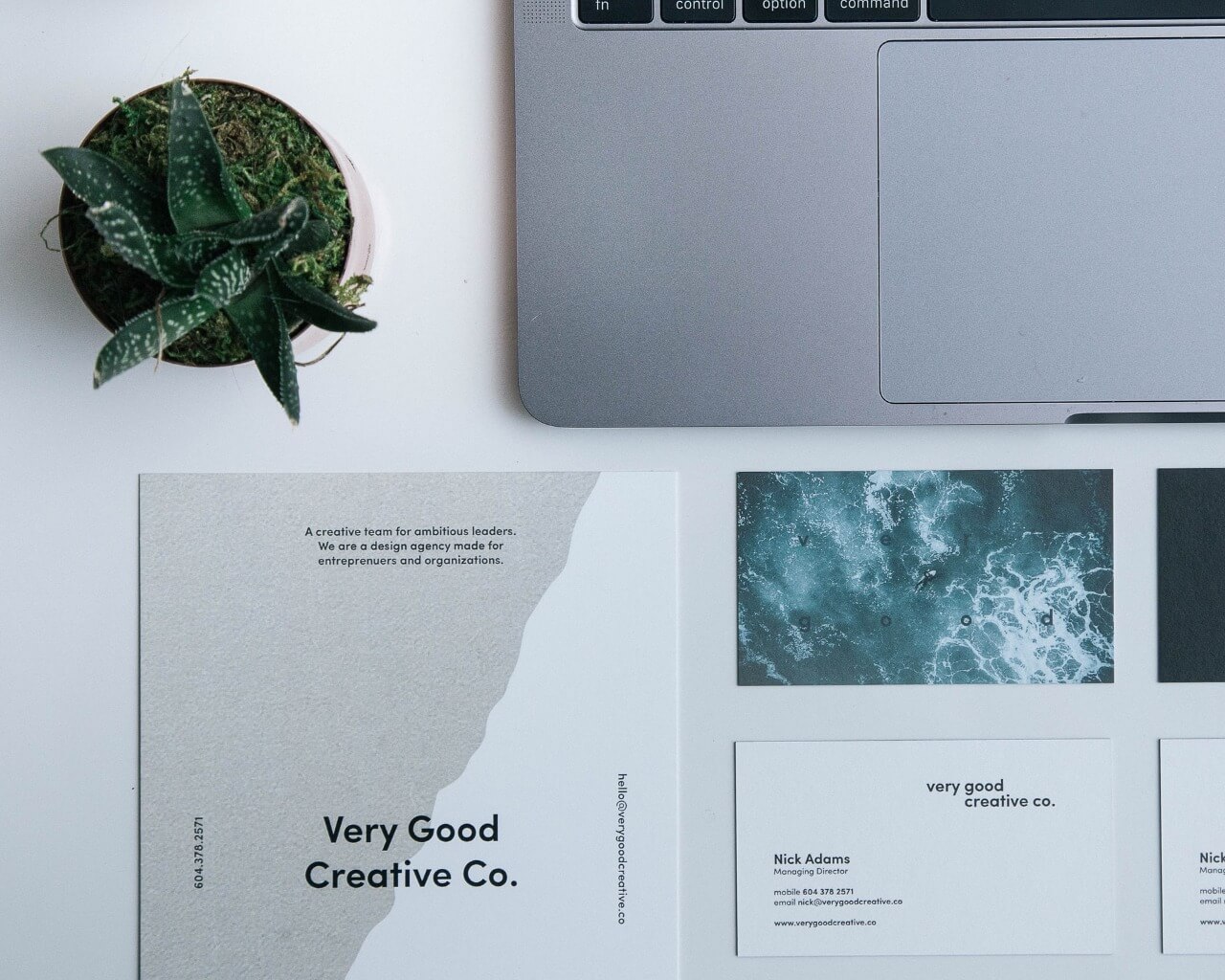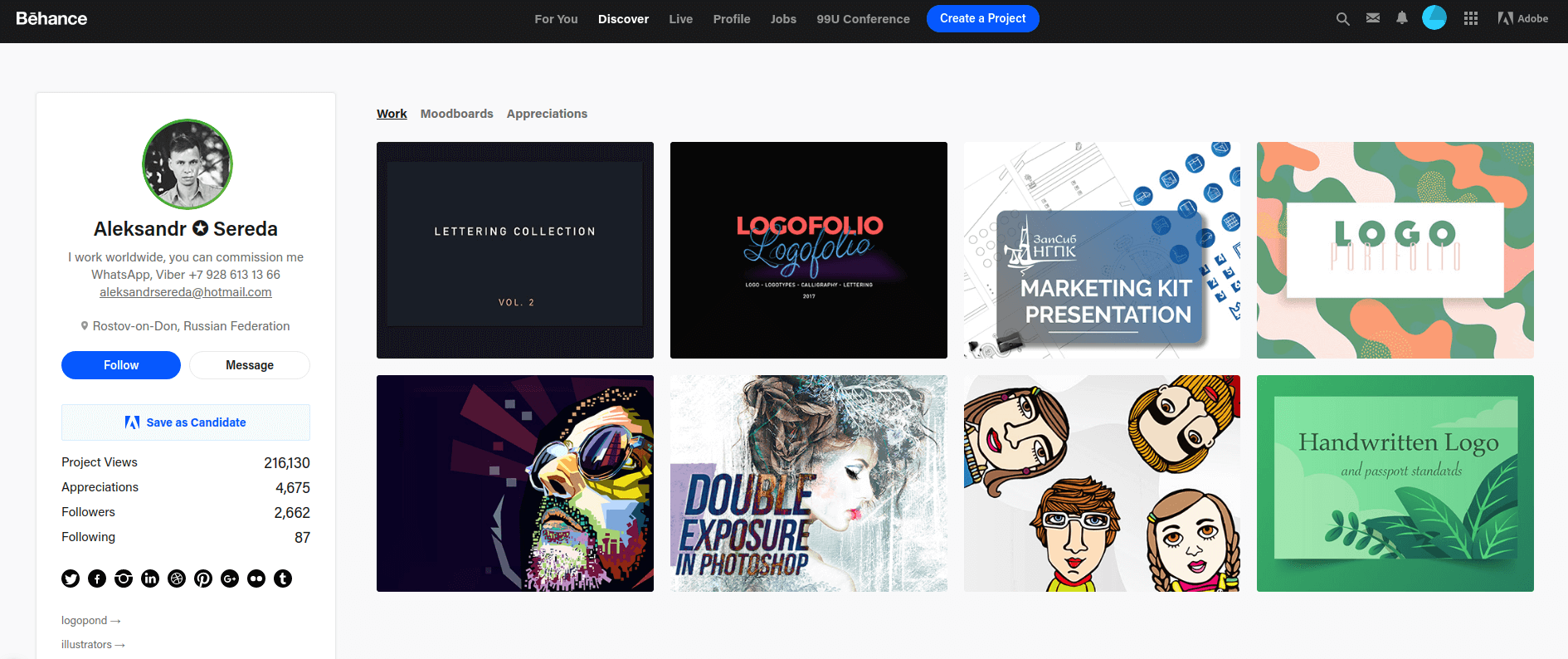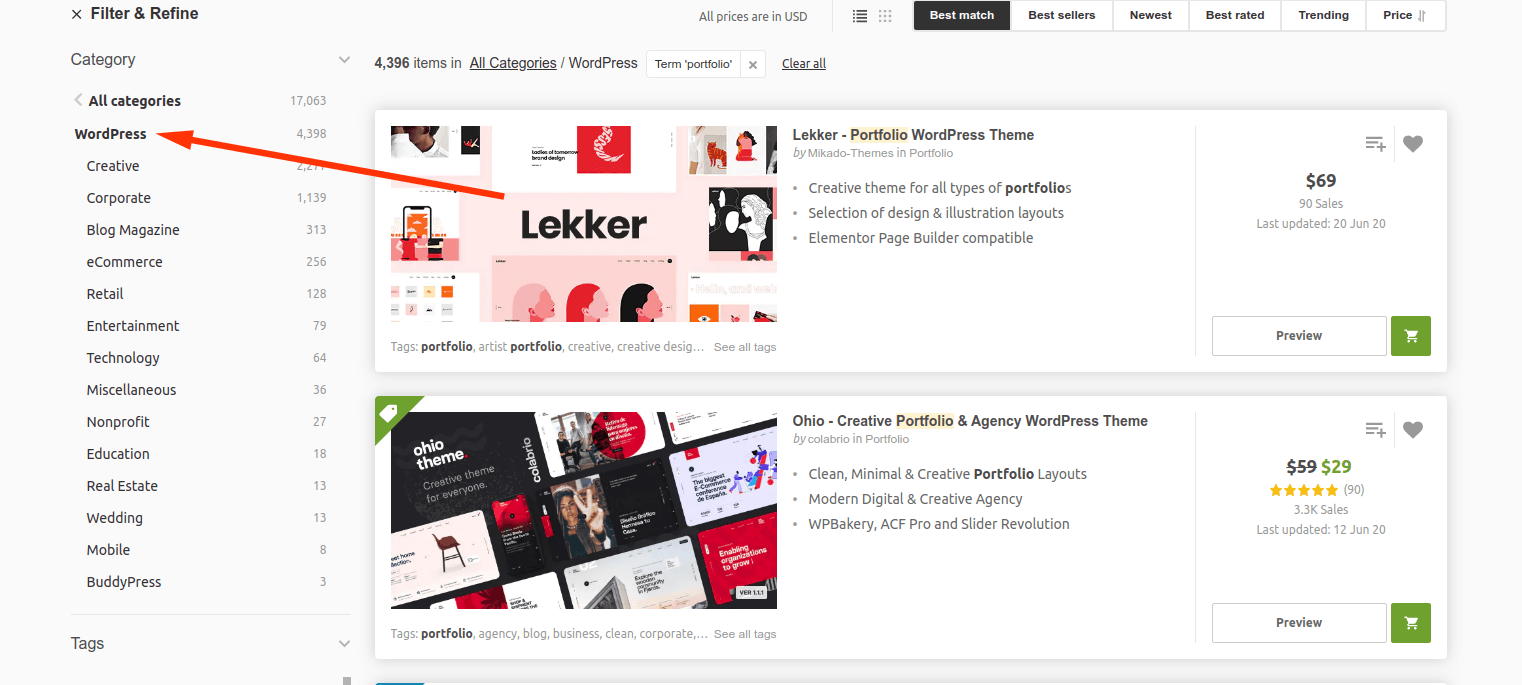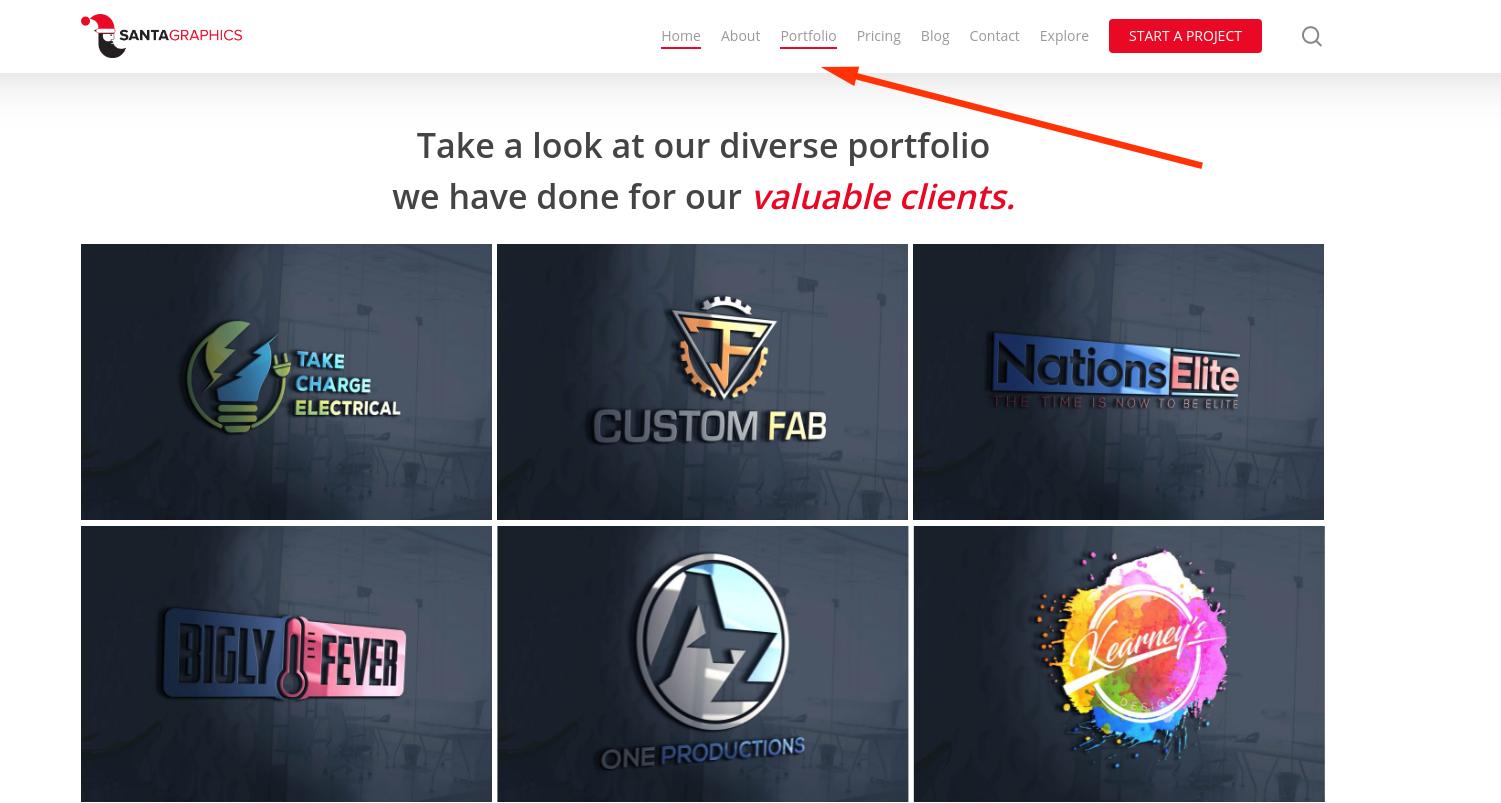Are you looking for a great guide on how to make a logo graphic design portfolio? We have outlined the 5 things that you should consider.
You already know a portfolio performs a critical function to identify a logo designer since logo designing is a popular and rapidly rising field in the industry. Many individuals serve to move forward to become a logo designer.
A portfolio portrays the summation of a designer’s entire work. Many logo designers tend to hide their portfolio, especially on online platforms.
It is crucial to have a public portfolio to attract your clients. A public graphic design portfolio will help demonstrate your experience and skills to your clients while allowing them to find you easily.
Quick Jumps
5 Things to Consider When Making a Logo Design Portfolio
Wonder how to make a logo design portfolio? Please keep reading!
1. Select The Type of Portfolio

A portfolio has the control to alter the life of a logo designer. It has a collection of all your records that reveals your accomplishments, achievements, elements, skills, etc.
Make sure to select the right kind of portfolio before moving towards the construction of your portfolio.
A Career Portfolio takes account of your experience, qualifications, skills, and future plans. It is an extended version of a resume. Many designers use this type of portfolio to apply for jobs.
This portfolio works as a tank of your work. It is suitable for logo designers with a bit more experience as compared to others. A Career Portfolio includes the samples of your currently running projects as well as the finished projects.
A Display Portfolio encloses only the best pieces of your work. It is more condensed as compared to the Career Portfolio.
It demonstrates the premier level of your accomplishments. This portfolio grows over time when you add new pieces of work to your collection occasionally.
Assessment Portfolios shows the skills of the logo designer. It determines the learning of the logo designer so far.
2. Think of What to Include

A portfolio shows a reflection of your personality. Be clear about yourself and your work. Clients should be able to understand your work without a second thought.
Make sure to skip incredible work where either you or your client was disappointed with the finished product. Questionable work will draw a negative impact on your clients regarding your skills.
Be sure to select your exclusive pieces only. Your most influential piece of work is the one where your client was blissful with the finished product. Remember to show the most unique and creative work to catch the attention of the clients.
Try to show a wide variety in your portfolio. Ensure to introduce your expertise in the different categories of logos.
Illustrate your experience regarding Abstract Logo, Lettermark, Pictorial Mark, Wordmark, Mascot Logo, Combination Mark, or Emblem Logo.
Exploit a picking eye when opting for what to include in your graphic design portfolio. Inserting all of your work in the portfolio will overwhelm your clients, so try to avoid it. Consider the right amount of work to incorporate into your portfolio.
Make sure to focus on quality instead of quantity. Avoid a lack of context in your portfolio. Too little of the context will determine your lack of experience and capabilities.
3. Make a Portfolio Look Attractive

The portfolio intrigues the customers to explore deeper in your work. It leaves a long-lasting effect. A beautiful portfolio is a great way to fascinate customers. Your portfolio must be aesthetically pleasing to the human eyes.
Develop an eye-catchy portfolio. Use accurate visual stimulation to create a spectacular portfolio.
Great color stimulation will draw the viewer’s interest in your portfolio. Be sure to magnetize the right format, fonts, and designs under consideration.
Perform some research on the appealing formats before creating your portfolio. You can customize the format to enhance and elaborate on your designing skills.
Try to pick a unique format since this will reflect the credibility of your work. Don’t forget to use images with a watermark to avoid stolen logos. Also, remember to use HD images.
There are various tools used over the internet to create an attractive portfolio. Behance and Adobe Portfolio provide the most significant platforms to create an amazingly designed portfolio.
There are millions of customized and non-customized templates to choose from for your comfort.
4. State Your Accurate Contact Information

Finding you shouldn’t be an obstacle for your clients.
Make sure to have it easier for your potential clients to see you.
Related: How to Write a Graphic Design Contract (7 Steps + Template Included)
Don’t forget to list all of your essential contact information.
Mention your contact number and contact email clearly and accurately on your portfolio.
5. Upload to Behance or Create a Website

It’s one of the most important step to upload your portfolio to Behance since it’s the most common choice for clients to see.
It’s like Instagram for a graphic designer to showcase your logos and other related designs.

Create a free account, and you can start uploading your designs to impress your clients.
You have a greater chance of getting clients that you can directly or indirectly like Google Image.
Related: How to Start a Graphic Design Business in 8 Simple Steps
Don’t underestimate the power of Behance.
Why am I saying building a website? Because it’s a professional way to impress your client.
You can easily buy a portfolio theme from Themeforest

It’s how Santagraphics has done it.
 Conclusion
Conclusion
A logo designing portfolio operates as a first impression on your clients. It indicates your creativity and works as a glass case in front of your customers. Be sure to select your unique piece of work.
Be positively thoughtful here. Don’t include your work with negative or neutral feedback. The look of your portfolio has excellent worth in the professional industry. Keep it noticeable and dazzling.
If you don’t have enough material to add to your portfolio, make sure to contact a few local businesses around you to find some work. Don’t try to append counterfeit content in your portfolio.


